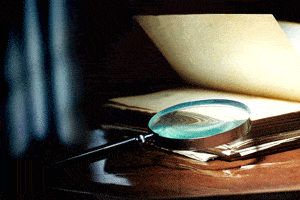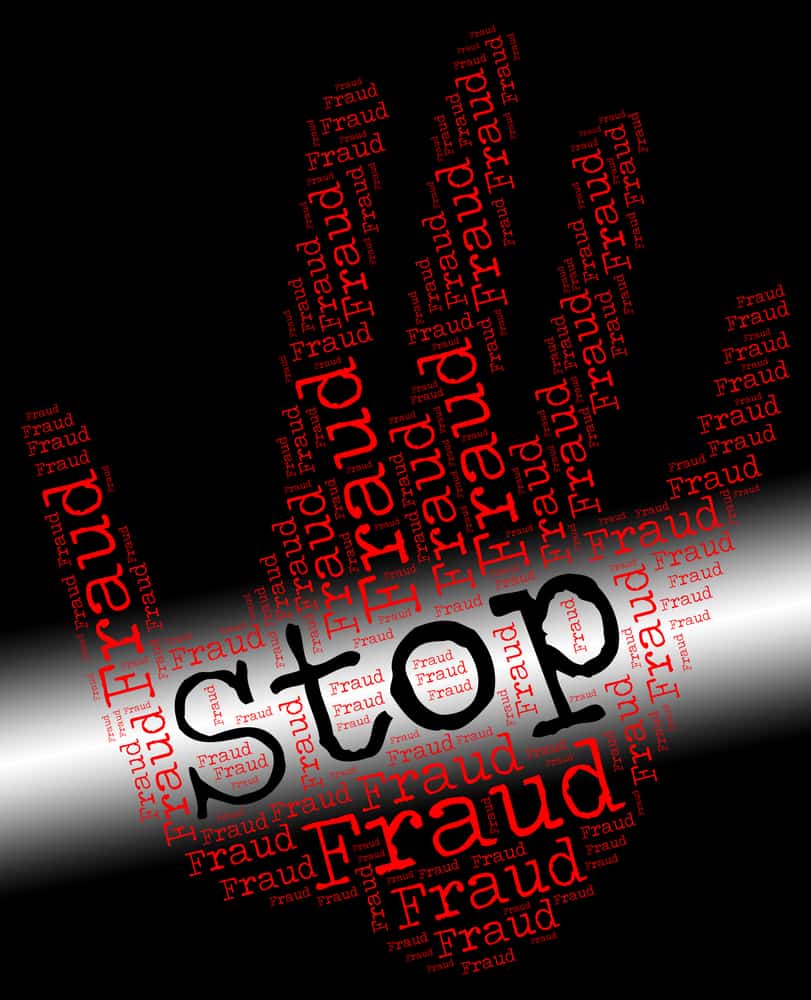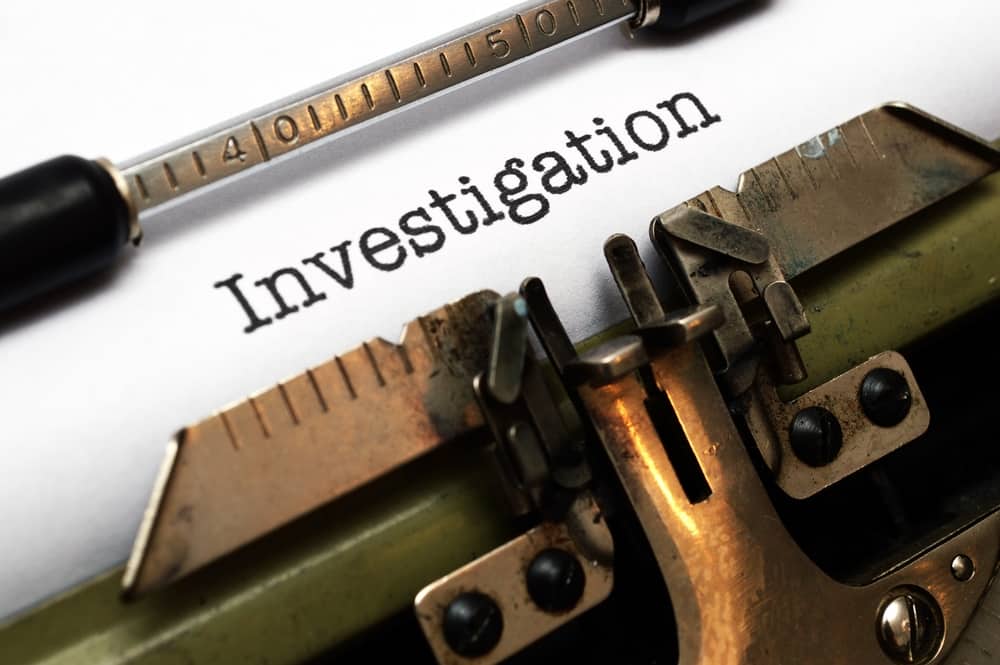
When you go online and read your adjuster’s file notes about your claims, do you know what to look for to be sure the adjuster is performing a quality claim’s investigation on your claim files?
If not, read on and learn what the adjuster should be doing to be sure you are being protected from unnecessary workers compensation cost.
This post is one in a 3-part series:
ONE:
The first thing the adjuster should do in the claim investigation is to verify coverage. Before the adjuster accepts the claim, the adjuster should check to be sure there is coverage. The verification of coverage should be the first adjuster’s note in the claim file notes.
Click Link to Access Free PDF Download
“The 5Cs to Taking a Bulletproof Injured Worker Recorded Statement”
This would include:
- The policy number.
- The policy dates to verify the policy is in enforce for the date of the accident.
- The state(s) covered under the given policy number and policy period.
- Any endorsements to the policy that would change the coverage.
- Any exclusions to the policy that would change the coverage (for example – a particular location of the employer is excluded from the coverage).
TWO:
Once the adjuster has confirmed there is coverage, the next step in the investigation is to begin the contacts. With workers compensation, the first contact attempt should not be the employee; it should be the employer. The reason for this is the employee will only provide information the employee considers beneficial to himself. The employer will often provide information that will assist the adjuster in the direction of the claim. The employer might advise that no one saw the accident and the claim is highly questionable, or the employer might advise that seven fellow employees saw the injury occur.
THREE:
The initial contact with the employer should be the same day the accident is reported, or at least within 24 hours of the report of the claim. The adjuster’s file notes should reflect more than “called the employer.” The contact details that should be included in the file notes include:
- The facts of the accident.
- The identification of any witnesses.
- A discussion of any subrogation issues.
- Any knowledge the employer has of a prior claim.
- Verification of the information on the Employer’s First Report of Injury.
- The disability status of the employee.
- A description of the employee’s job duties.
- The length of time the employee has worked for the employer.
- Confirmation of lost time if the injury was reported after the initial waiting period for indemnity benefits.
- The availability of modified duty for the employee.
- If applicable, a request by the adjuster to the employer to provide the necessary documentation of the employee’s wage history.
FOUR:
The initial contact with the employee should immediately follow the initial contact with the employer. The employee contact should also be the same day the accident is reported, or at least within 24 hours of the report of the claim. The file notes should reflect the initial contact with the employee covered:
- The facts of the accident.
- The identification of any witnesses.
- A discussion of any subrogation issues.
- Any prior injury claims of the employee (both workers comp and any other injury claims).
- Verification of the information on the Employer’s First Report of Injury.
- Any additional information not on the Employer’s First Report of Injury that would be needed to file the ISO index on the employee.
- The disability status of the employee including information on the nature of the injury, the treatment and the prognosis.
- The employee’s attitude toward the employer and returning to work.
- A summary of the explanation of benefits and the future course of action the adjuster will take.
FIVE:
The investigation should also include the contact of any witnesses. The initial contact with the witness(es) should be the same day the accident is reported, or at least within 24 hours of the report of the claim. The file notes on the contact with the witnesses should reflect the facts of the accident as told by the witness(es). All witnesses should be asked to identify any other witnesses.
SIX:
The first contacts part of the investigation should also include contact with the office of the medical provider. This allows the adjuster to verify the nature and scope of the injury, the diagnosis, and the prognosis, plus the adjuster can make arrangements for all medical bill and medical reports to be sent to the adjuster. This information on this part of the adjuster’s investigation should also be reflected in the file notes.
SEVEN:
If the adjuster has any reason to question the compensability of the claim, or if there is the potential for subrogation, or if the employee’s injuries are severe, the adjuster as a part of the, should obtain a recorded statement from the employee during the initial contact. The file notes should reflect a summary of this part of the investigation.
EIGHT:
The claim investigation encompasses much more than just the initial contacts with the employer, employee, medical provider, and any witnesses. The work comp claim investigation should also include:
- A medical authorization in those states that require one for workers comp.
- Obtaining the current medical records.
- Obtaining past medical records if the employee has a history of prior injury claims.
- A wage statement for the calculation of indemnity benefits.
- The filing of the ISO index.
- A police report, OSHA report of any other governmental record related to the injury.
- A recorded statement from the employee’s supervisor if there is a compensability question.
- Engineering report or other documentation to support subrogation when applicable.
- Information on any responsible third parties when subrogation is possible.
- Any other information that will have an impact on the outcome of the claim.
NINE:
If the only file notes on the investigation read something like “called employer, no questions about the claim,” the adjuster is not doing a proper investigation. Even if the injury was witnessed by a dozen co-workers, the adjuster who is doing a proper investigation would still cover all the key points noted above. Even in the most valid of claims, the adjuster should still learn the employee’s diagnosis and prognosis, and when the employee will be back on the job. If the adjuster is not asking when the employee can return to work full duty or on modified duty, the claim investigation is incomplete.
TEN:
All the information obtained during the claim investigation should be summarized in the file notes for your review. If the adjuster is not doing so, ask that the file notes are properly documented. After all, with workers compensation, you will eventually pay the cost of the employee’s claim through your insurance premiums. You should know if you are getting the proper claim investigation that you are paying for.

Contact: RShafer@ReduceYourWorkersComp.com.
Workers’ Comp Roundup Blog: https://blog.reduceyourworkerscomp.com/
©2019 Amaxx LLC. All rights reserved under International Copyright Law.
Do not use this information without independent verification. All state laws vary. You should consult with your insurance broker, attorney, or qualified professional.














